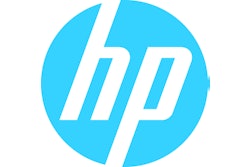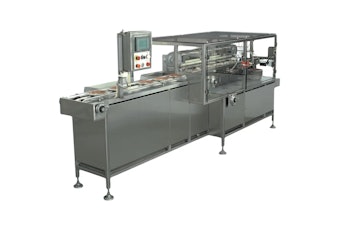
Mass customization has been underway for decades in contract packaging, most often in the form of end-of-line innovations that produce unique displays and multipacks for retail customers. In primary packaging, the existence of store brands is another form of customization.But for a growing number of brands conducting test markets, limited-time promotions and applications requiring other short production runs—say, up to roughly 5,000 print impressions—digital printing is fast becoming an indispensable tool.
Digital printing of shrink sleeves, for instance, was behind Diet Coke’s IT’S MINE promotion earlier this year, which let consumers configure unique designs on 12-oz. glass contour bottles. Digitally printed sleeves were also behind a recent promotion involving NASCAR-themed cans of Coca-Cola’s NOS energy drinks, a job handled by Bristol, PA, co-packer ActionPak.
In these examples, the printing was done on HP Indigo digital printing systems. Digital printing makes it easier to customize packages, add operational flexibility, streamline inventories and speed time to market. I wondered: Does this mean more brands will eschew their co-pack partners and bring the technology in-house and do it themselves? That kind of thinking would be oversimplification, according to sources in the know.
ActionPak, for instance, has married the science — actually, the art — of shrink sleeving to digital printing in a way not all brands are equipped to handle, says Ira Smith, CEO and President. “Printing is only one part of the short run process.”
He explains, for instance, that not all brands have the resources and expertise to do accurate, efficient seaming and sleeve-cutting. Then there’s the issue of managing the overall, integrated process. He doubts digital printing will produce a cost/benefit profile worth bringing these operations in-house. He adds: “Unless a brand has a strong daily demand, it doesn’t make sense to go through the learning curve of talent and the $250,000 investment to start up.”
HP’s Amir Raziel, Manager, Labels &Packaging Segments and Solutions at HP Indigo, agrees: “There is more to packaging production than just the print. It requires expertise and knowhow in all aspects of the package creation, which means a significant investment in infrastructure.” He expects brands to keep looking for turnkey suppliers “that can enable them to take advantage of the flexibility and customization that digital print brings.”
How can brand marketers know when to bring the technology in-house vs. outsource? Raziel advises brands to consider their supply chains and ability to handle short runs, or mass customization, in-house; and ask questions such as: “Are the filling lines, logistics and warehouses set up in a way that can accommodate the shift to immediate time to market?” And: “Can the brand effectively deal with customization with their existing processes?” He concludes that “most will not,” because “co-packers should be able to provide these solutions in a true just-in-time environment, managing the service for the brand. Done well, it will reduce the need for brands to go into digital print.”
Last year, ActionPak purchased and installed a high-airflow “Tunnel Tornado” from Karlville Development Group to accommodate its short-run shrink sleeve labeling services. In March, Karlville became the first laminator-supplier to partner with HP Indigo in order to commercialize a new lamination technology called Pack Ready.
The Pack Ready process offers zero cure time, without the use of adhesive technology, using a laminate film with a specially designed thermoplastic polymer layer that’s heat activated and bonds to the HP Indigo ElectroInk printed layer. The thermal lamination process, combined with a uniquely designed polymer that interacts with the HP Indigo ink, in short, promises to further speed time to market, and deliver quicker turnarounds than previously possible. Commercial availability of the system is expected in 2017.
I’d like to take this opportunity to mention something new about printing of another sort.
The print edition of Contract Packaging magazine has gotten an upgrade in the form of a redesign, which is aimed at providing a clean, updated look and a more legible, reader-friendly presentation. Kudos to Creative Director Dave Bacho, Associate Art Director Morgan Huneck, and the entire PMMI Media Group organization.























